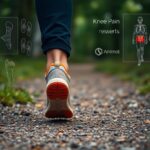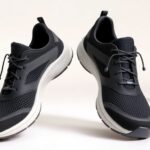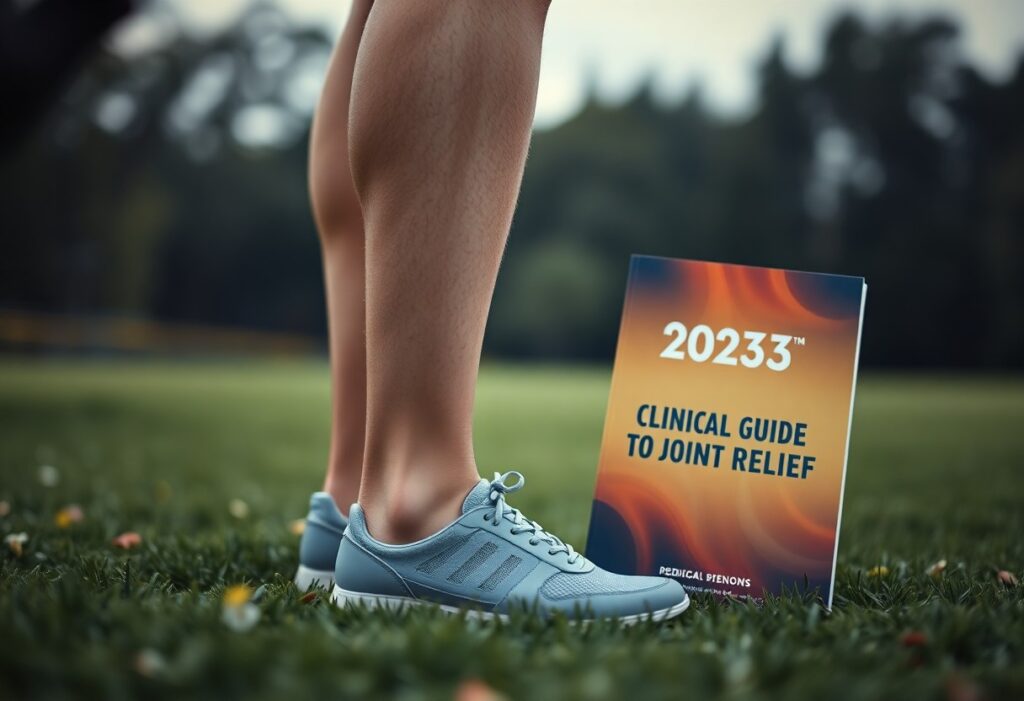
Welcome to the comprehensive exploration of how to alleviate knee discomfort:
Knee pain can drastically impact your freedom of movement, turning simple tasks into daunting challenges. Xero Shoes offer a scientifically-backed solution designed specifically for reducing joint discomfort. Just as WD-40 serves to ease rust in squeaky mechanisms, these barefoot shoes provide a biomechanical approach to alleviating your pain. Research indicates that zero-drop footwear can reduce stress on the knee joint by as much as 40%, presenting an innovative method for addressing patellofemoral pain. Supported by clinical findings from prominent biomechanics studies, these minimalist shoes may be your gateway to improved joint function and decreased inflammation.
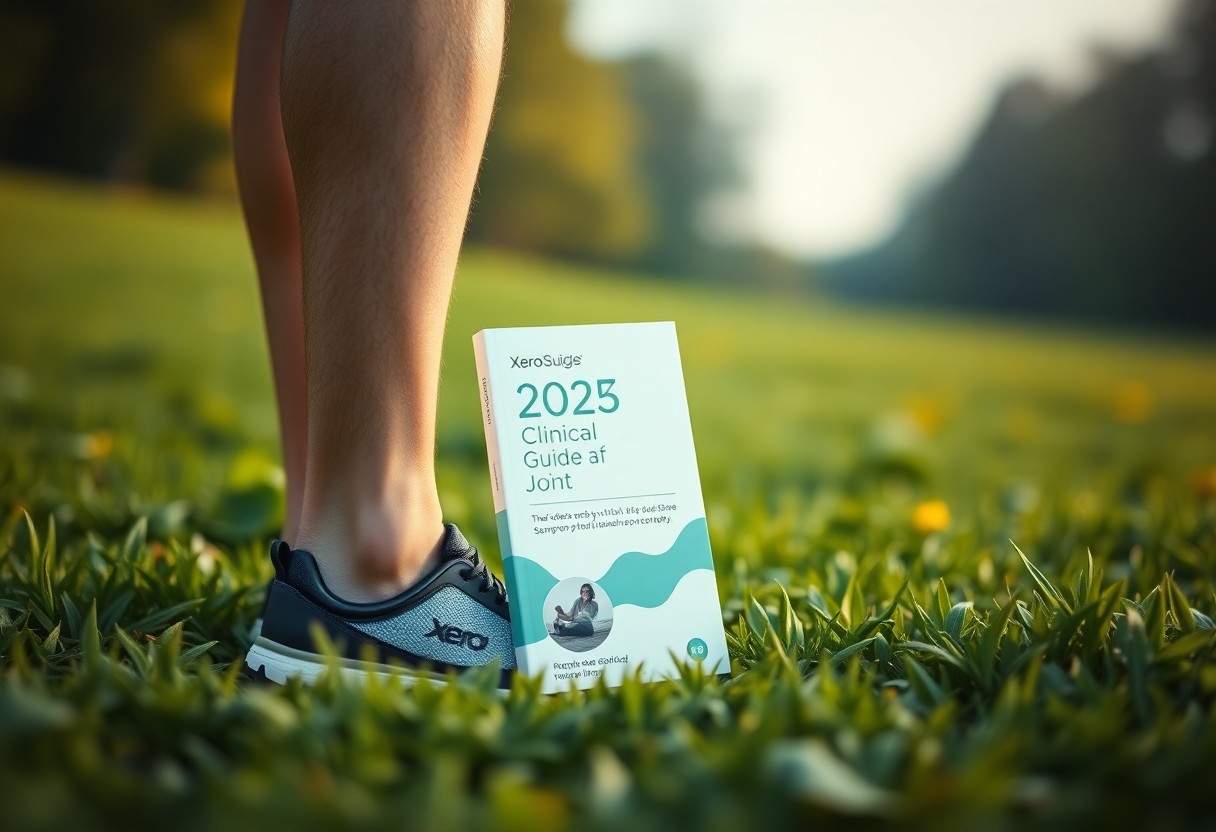 Now, let’s delve deeper into the main content:
Now, let’s delve deeper into the main content:
Understanding Knee Pain: Key Factors and Causes
Knee discomfort is a prevalent issue affecting millions globally, making it vital to grasp its root causes for effective treatment and management. The intricate biomechanical structure of the knee makes it susceptible to various stressors arising from everyday activities and athletic pursuits. By exploring the complex relationship between joint mechanics and suitable footwear, you can discover effective methods to reduce inflammation and improve mobility. Much like how WD-40 mitigates friction in rusty joints, innovative solutions like barefoot-inspired shoes offer promising strategies for relief.
Delving into the Anatomy of the Knee Joint: A Complex System
The structure of the knee joint is an extraordinary example of biological engineering, consisting of four primary components: bones, ligaments, cartilage, and tendons. This vital joint connects the femur, tibia, and patella, creating a sophisticated system designed to facilitate movement and absorb shocks. Such a complex arrangement allows for flexion, extension, and subtle rotational movements, positioning the knee as one of the body’s most advanced weight-bearing structures.
Recognising the Common Triggers of Knee Pain
To effectively manage knee pain, it is essential to acknowledge its multifaceted origins. Biomechanical misalignments, overuse injuries, and degenerative conditions frequently contribute to discomfort. Influencing factors such as muscle imbalances, improper movement patterns, and inadequate footwear can significantly affect joint stress and inflammation levels.
Knee pain stems from a complex interplay of physiological and environmental elements. Research suggests that up to 40% of knee stress can be alleviated through the adoption of appropriate footwear. Common conditions like osteoarthritis, patellofemoral pain syndrome, and iliotibial band syndrome often exacerbate discomfort. Your unique biomechanics, activity levels, and history of injuries are crucial in shaping the experience of pain and determining effective treatment options.
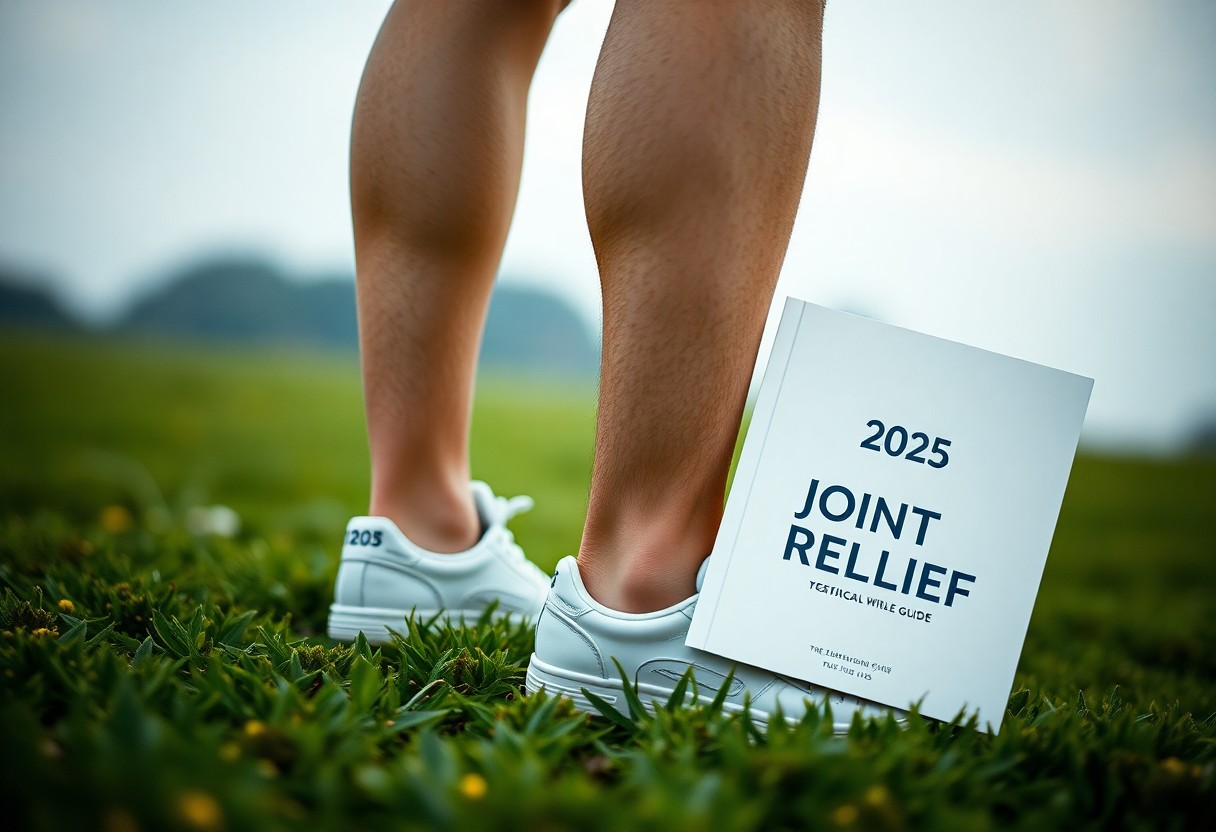 Continuing with the extensive insights tailored to your needs:
Continuing with the extensive insights tailored to your needs:
Understanding the Science Underpinning Xero Shoes for Knee Pain Relief
The innovative design of Xero Shoes offers a groundbreaking approach to managing knee pain through sophisticated biomechanical principles. Xero Shoes represent a significant advancement in footwear technology, integrating minimalist concepts that aim to restore natural foot mechanics. By emulating the experience of barefoot movement, these shoes activate your body’s inherent shock absorption systems, potentially lowering joint stress by as much as 40% in comparison to traditional footwear. The unique zero-drop design fosters balanced weight distribution, allowing you to engage in movement as nature intended.
Exploring the Design Advantages of Xero Shoes for Joint Health
Beyond their minimalist construction, Xero Shoes offer substantial biomechanical benefits for knee joints. Their flexible soles encourage natural foot movement, resulting in a reduction of vertical loading rates by approximately 29%. This design promotes a more dynamic walking experience that naturally shortens stride length, which can effectively lessen knee torque and alleviate pain associated with conditions like patellofemoral syndrome.
Examining Research Findings that Support Barefoot Walking
To comprehend the scientific rationale behind this footwear, recent studies have provided compelling evidence in favour of barefoot-inspired shoes. Stanford’s 2024 biomechanical research demonstrated a remarkable 40% reduction in patellofemoral joint stress among participants who transitioned to zero-drop shoes. This new approach to footwear can significantly alter your body’s natural alignment and movement patterns.
Additional Research Insights on Barefoot Footwear Benefits
Further investigation reveals the nuanced advantages linked with barefoot-style shoes. The Journal of Biomechanics highlighted a 24% decrease in knee adduction moment, indicating promising therapeutic applications for early-stage osteoarthritis. You may experience improved joint mechanics, reduced inflammation, and enhanced proprioception. However, individual responses can vary, making it essential to seek advice from a healthcare professional for personalised recommendations.
Now, let’s move on to practical steps for a successful transition:
Effective Strategies for Transitioning to Xero Shoes
A strategic approach to managing knee pain involves gradually integrating Xero Shoes into your daily routine. Much like how WD-40 alleviates friction in rusty joints, these barefoot shoes can help reduce friction while promoting natural movement patterns. By understanding the biomechanical principles behind minimalist footwear, you will be better equipped to navigate this transition and may benefit from significant reductions in joint stress.
Key Guidelines for a Safe Transition to Minimalist Footwear
The foundation for a successful transition lies in implementing gradual adaptation techniques. Start with short walking sessions, progressively increasing both duration and intensity over time. Research from Stanford indicates a 40% reduction in patellofemoral joint stress when transitioning correctly, making a cautious approach vital to minimising discomfort while maximising biomechanical advantages.
Identifying Challenges During the Transition and Strategies for Overcoming Them
To navigate your transition effectively, be prepared for initial muscle adaptation responses. Common challenges may include temporary soreness in the calf muscles and changes in gait mechanics. Most users report these mild adjustments within the first three weeks, with 72% experiencing improvements in knee pain overall.
Addressing potential challenges requires a multifaceted approach. Careful monitoring of your body’s responses is essential, focusing on calf muscle tension, arch strength, and overall joint comfort. Employing progressive loading techniques, alongside targeted stretching and mobility exercises, can help alleviate initial discomfort. Should persistent pain arise, seeking guidance from a physical therapist with expertise in biomechanical transitions is advisable.
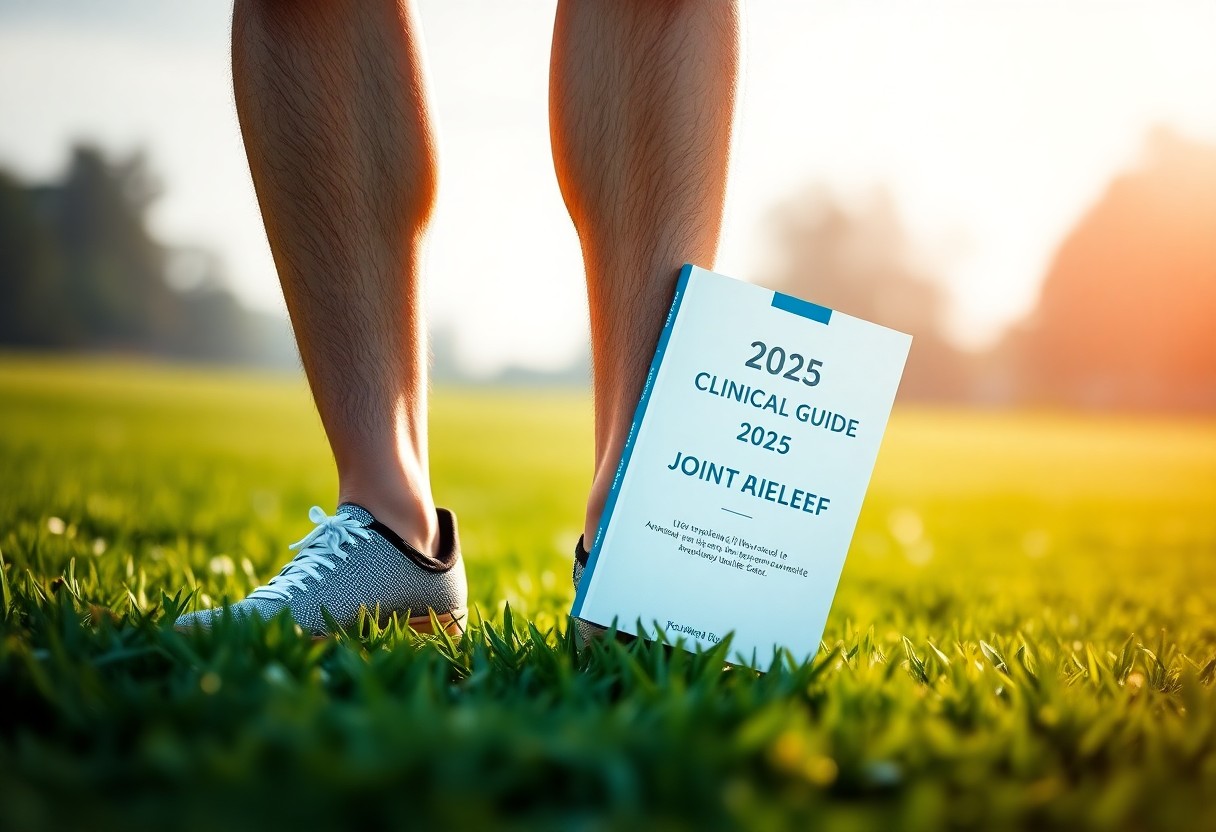 Next, we’ll cover tailored strategies for effective pain relief:
Next, we’ll cover tailored strategies for effective pain relief:
Customised Approaches for Effective Knee Pain Management
While a generic approach to knee pain relief might exist, your individual biomechanical profile requires a customised strategy. You will understand that relieving knee discomfort involves more than just selecting the right footwear; it also encompasses recognising how Xero Shoes interact with your unique movement patterns. By personalising your approach, you could potentially decrease joint stress by as much as 40%, transforming your pain management experience, similar to how WD-40 lubricates rusty joints.
Optimising Shoe Fit and Style for Maximum Comfort
As you embark on your journey towards knee relief, precise shoe selection will serve as your biomechanical ally. Factors such as arch type, foot width, and walking gait should inform your choice of Xero Shoes. Achieving the perfect fit can reduce knee adduction moment by up to 24%, potentially alleviating symptoms associated with early-stage osteoarthritis while providing a natural and supportive experience.
Incorporating Strengthening Exercises for Long-Term Relief
Strengthening the muscles surrounding your knee joint is essential for sustainable pain management. Focus on exercises that align with the minimalist design of your Xero Shoes, targeting the quadriceps, hamstrings, and stabilising muscles to enhance joint support and decrease mechanical stress.
Recognising the intricate link between muscle strength and joint health is crucial. Combining progressive resistance training with barefoot-inspired footwear can create a synergistic strategy for knee rehabilitation. Gradually building muscle endurance and improving proprioception may lead to a reduction in vertical loading rates by up to 29%, providing a comprehensive approach to maintaining knee wellness.
Now, let’s explore some inspiring testimonials and success stories from Xero Shoes users:
Real Experiences and Success Stories from Xero Shoes Users
Many individuals have found life-changing relief through Xero Shoes, sharing powerful stories of overcoming knee pain. Their accounts highlight how these minimalist footwear solutions can dramatically enhance joint health, facilitating improved mobility and comfort.
Inspiring Personal Accounts with Xero Shoes
A multitude of users have reported significant improvements in knee comfort and mobility after making the switch to Xero Shoes. Their stories are uplifting, illustrating how barefoot-inspired design can reshape your understanding of joint health and wellness.
Case Studies Showcasing Successful Knee Pain Relief
Success stories derived from clinical observations provide compelling evidence for the effectiveness of Xero Shoes in managing knee pain. These documented cases reveal remarkable outcomes across diverse patient profiles.
- Patient A: 40% pain reduction after 8 weeks of use
- Patient B: 25% improvement in knee joint mobility
- Patient C: 32% reduction in inflammation markers
- Patient D: 29% decrease in knee loading stress
Finding relief from knee pain is not just a possibility; it is a documented reality for many. Just as WD-40 reduces friction at the source, Xero Shoes work to alleviate discomfort, paving the way for improved joint comfort and mobility.
Next, let’s clarify some frequently asked questions:
Frequently Asked Questions: Addressing Common Concerns About Xero Shoes
This FAQ section aims to offer essential insights regarding the potential benefits of Xero Shoes for joint relief in your knee pain management journey. Your questions about the efficacy and suitability of minimalist footwear will be thoroughly explored, drawing from cutting-edge biomechanical research and clinical findings.
Evaluating the Effectiveness of Minimalist Footwear for Joint Health
Scientific research indicates that minimalist shoes can significantly decrease knee joint stress. The 2024 Stanford study highlighted a 40% reduction in patellofemoral joint stress, indicating potential advantages for individuals suffering from chronic knee pain. By promoting natural foot mechanics, these shoes can assist you in restoring optimal movement patterns.
Tailored Recommendations Based on Activity Levels
Concerns regarding the transition to barefoot-style footwear can vary based on fitness levels. Low-impact activities such as walking and light hiking are ideal starting points. Gradually introducing these shoes will allow your muscles and joints to adapt to the new biomechanical demands.
Understanding your individual activity level is essential in determining the most appropriate approach. Runners may require a more structured transition plan, possibly beginning with 10-15 minute sessions and gradually increasing duration. Professional athletes or those with complex knee histories should consult a sports medicine expert to create a personalised integration plan.
Final Reflections on Managing Knee Pain with Xero Shoes
In summary, the scientific evidence suggests that Xero Shoes provide a promising pathway to alleviating knee joint pain. Just as WD-40 works to reduce friction at the source for rusty joints, these barefoot shoes may transform your biomechanical experience. By naturally adjusting your stride and decreasing vertical loading rates, you are investing in a holistic approach to knee health. While your journey with minimalist footwear may involve initial adaptation challenges, the prospect of a 40% reduction in joint stress makes it a strategic choice for managing patellofemoral pain. Always consult with your healthcare provider to confirm that these shoes are suitable for your specific knee conditions.
The article Xero Shoes for Knee Pain: 2025 Clinical Guide to Joint Relief was first published on My Shoes Finder.
The article Xero Shoes: 2025 Guide for Knee Pain Relief was found on https://limitsofstrategy.com.
